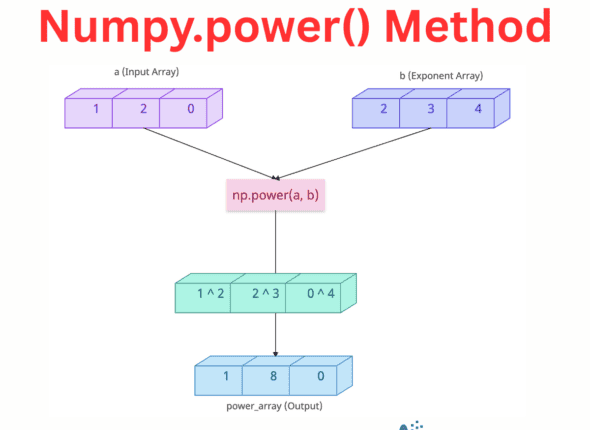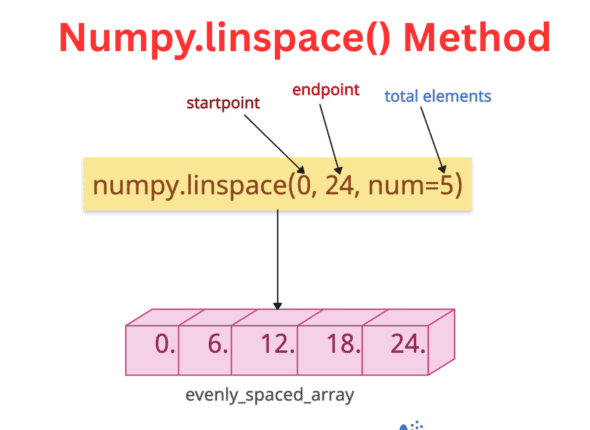Pandas DataFrame set_index(): Setting an Index Column
The set_index() method in Pandas sets one or more existing columns of a DataFrame as its index (row labels). It…
Numpy.random.rand(): Generating Random Numbers
Numpy.random.rand() method creates an array of specified shape filled with random samples drawn from a uniform distribution over the half-open…
Numpy.power() Method in Python
Numpy.power() method calculates the exponential value of each element in the first array raised to the power of the corresponding…
Python statistics.median(): Calculating Middle Value
Python statistics.median() function calculates the median of the given dataset, which represents the middle value when the data is sorted…
None (Null) in Python: What is it and Why is it useful?
There’s no null in Python; instead, there’s None. The Null is called None, a special object representing the absence of a value.…
Python List remove(): Deleting Elements from a List
Python list remove() is a built-in function that removes an element by value in the list. It modifies the list…
How to Check a Data Type of a Variable in Python
To check the data type of a variable in Python, use either the type() or isinstance() method. Data type checking is…
How to Unzip a File in Python
To unzip a file in Python, use zipfile.ZipFile to open the archive and extractall() to unzip everything to the current…
Numpy.where(): Conditional Selection of Array Elements
Numpy.where() is a conditional selection function that returns elements from arrays based on conditions. It operates in two distinct modes:…
Numpy.linspace(): Generating Evenly Spaced Numbers
Numpy.linspace() method generates evenly spaced numbers over a specified interval. It returns an array of num equally spaced samples in…











